I have put together this post to capture the lifetime of a Stabiltec tool, starting with it’s birth in Stabiltec Louisiana. There is tons of pictures, so be warned, it might be a long scroll down… Here is a nice view of the main facility at Stabiltec Louisiana, although the photos below only show one of the four buildings that the compass includes.
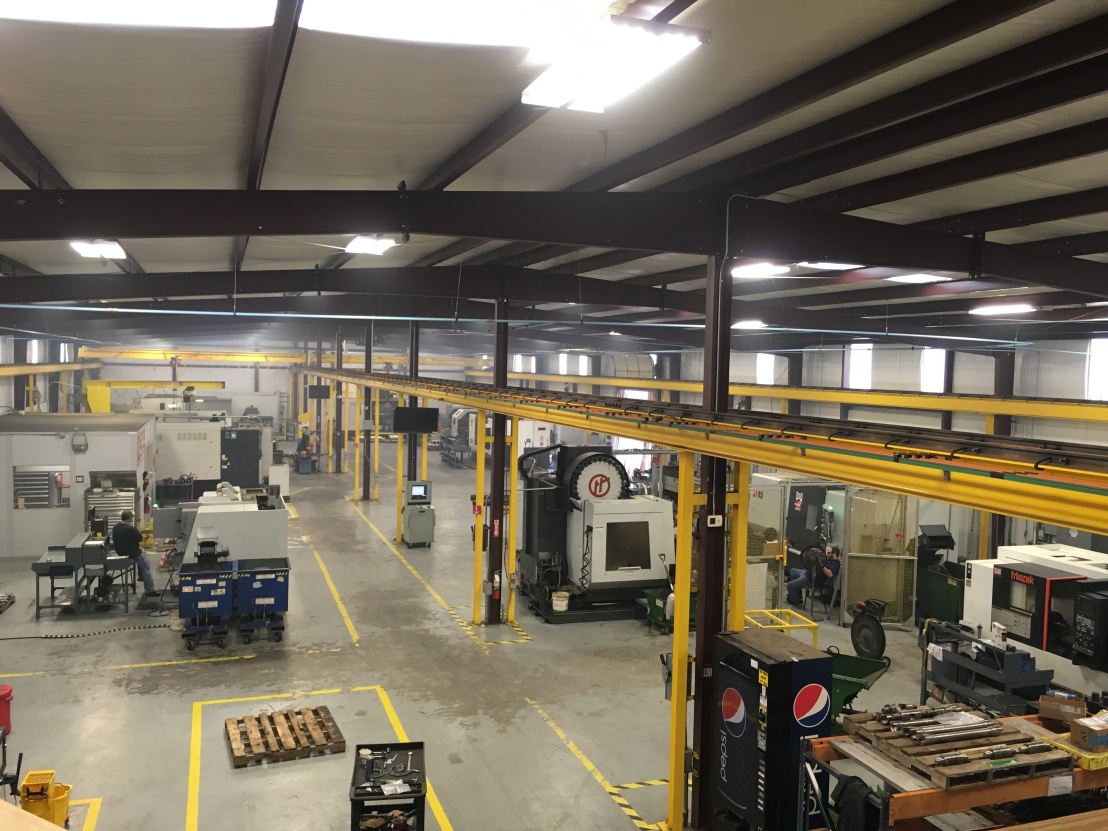
Here is Step 1 of a Stabiltec tool, the raw material.
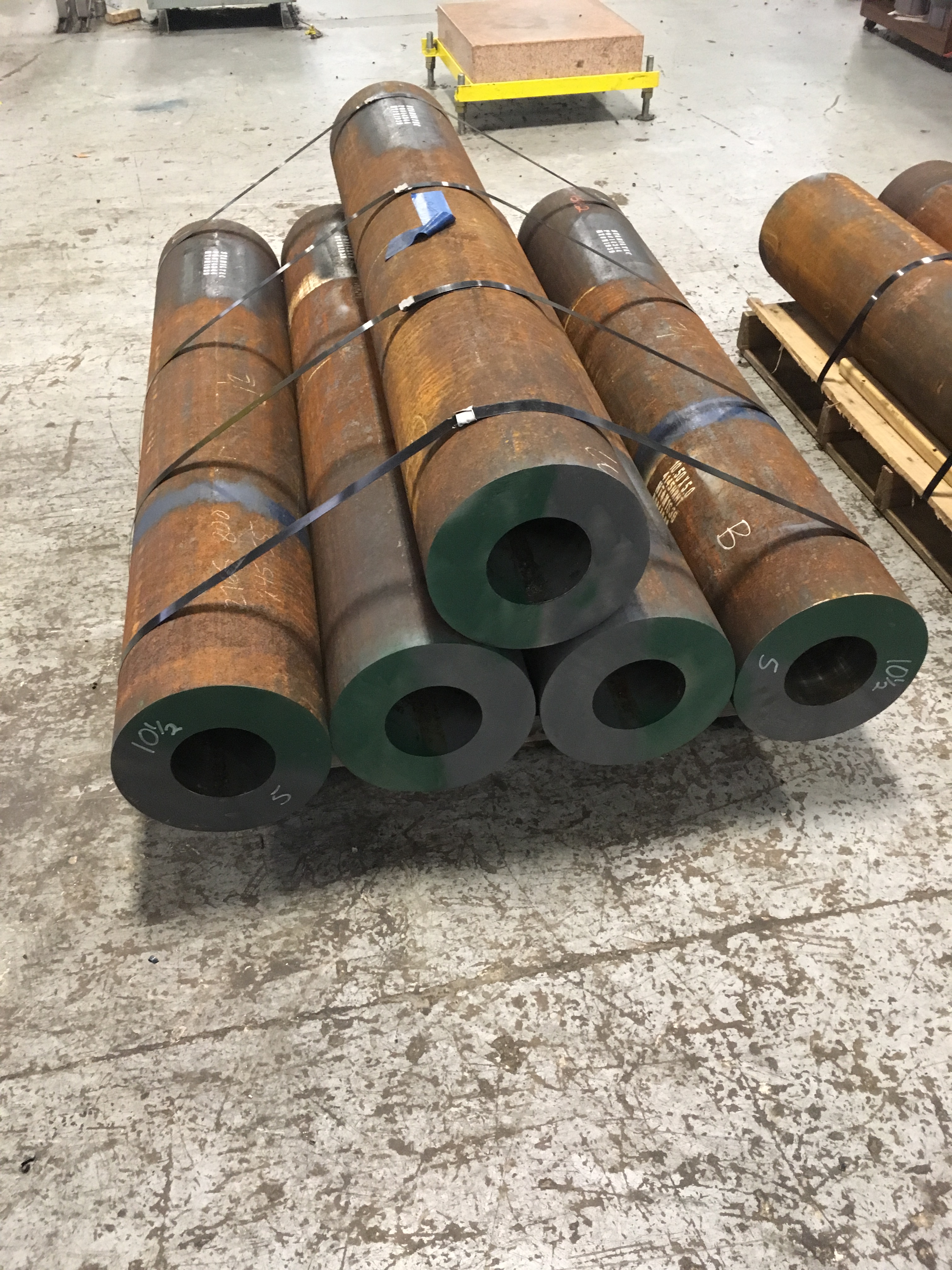
Solid steel tubes, each to be carved to specific widths, radii, tread length, and groove size for the blades. Customers provide Stabiltec with their own blueprints, as seen below.
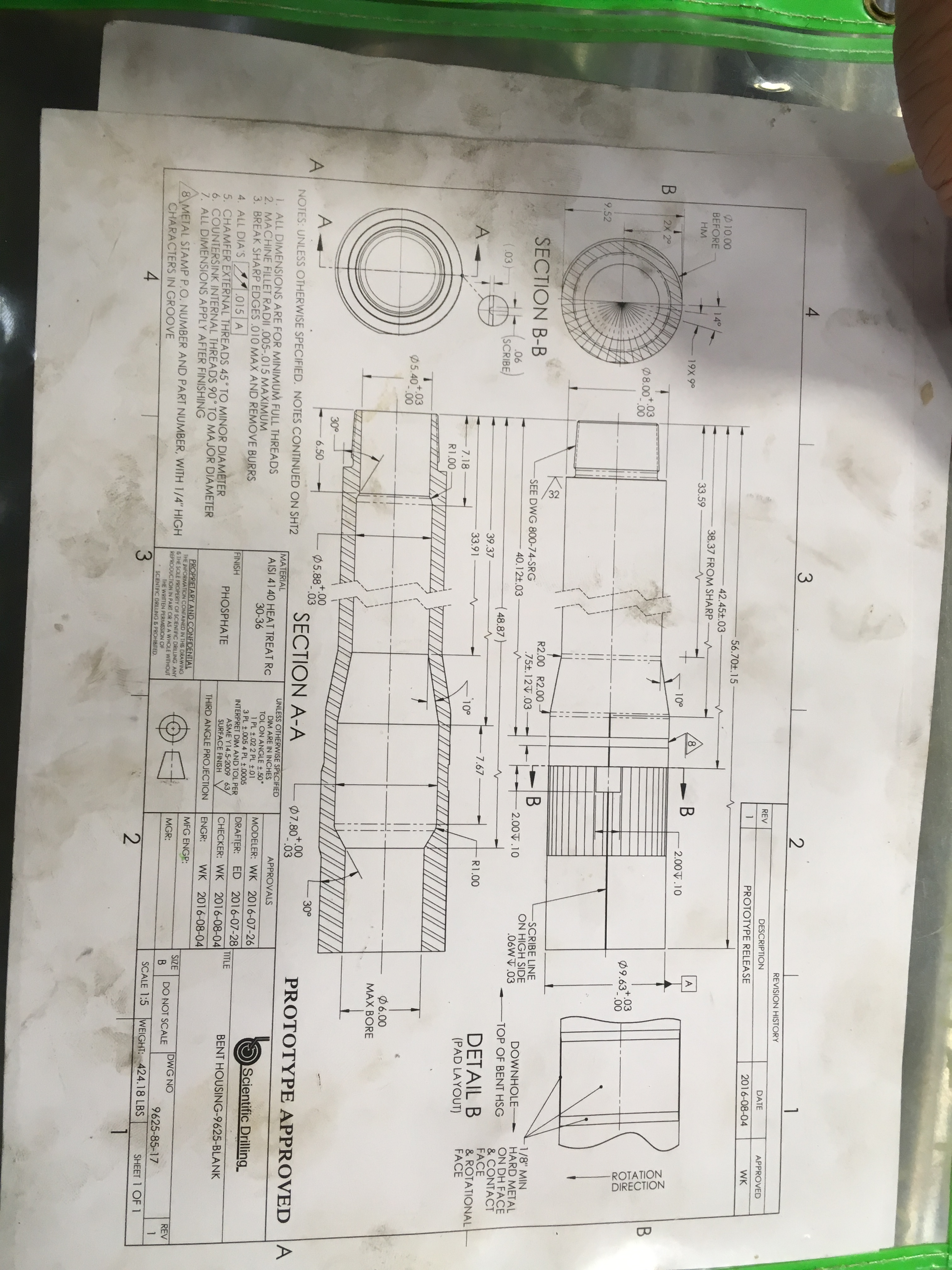
This is done with extreme precision with the help of computerized/automated lathes.(shown below)
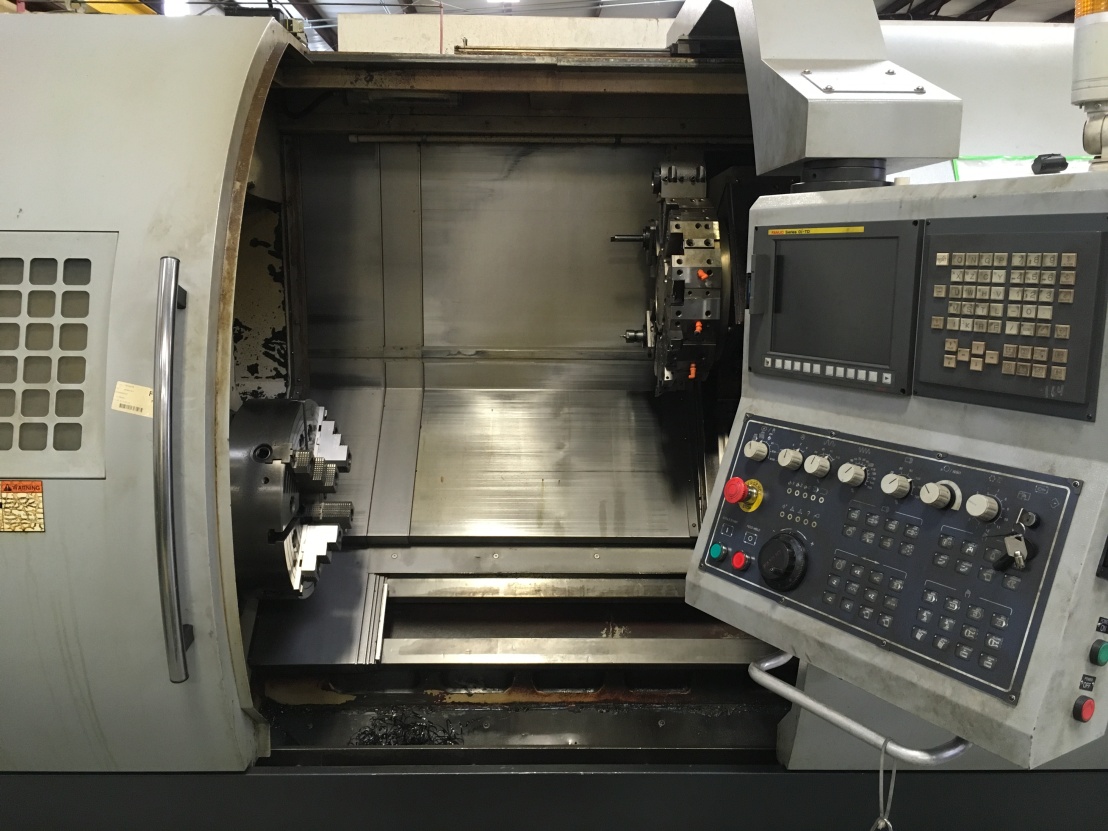
A machinist inputs the needed specifications into the control panel, and the lathe does the rest, producing a flawless shell.
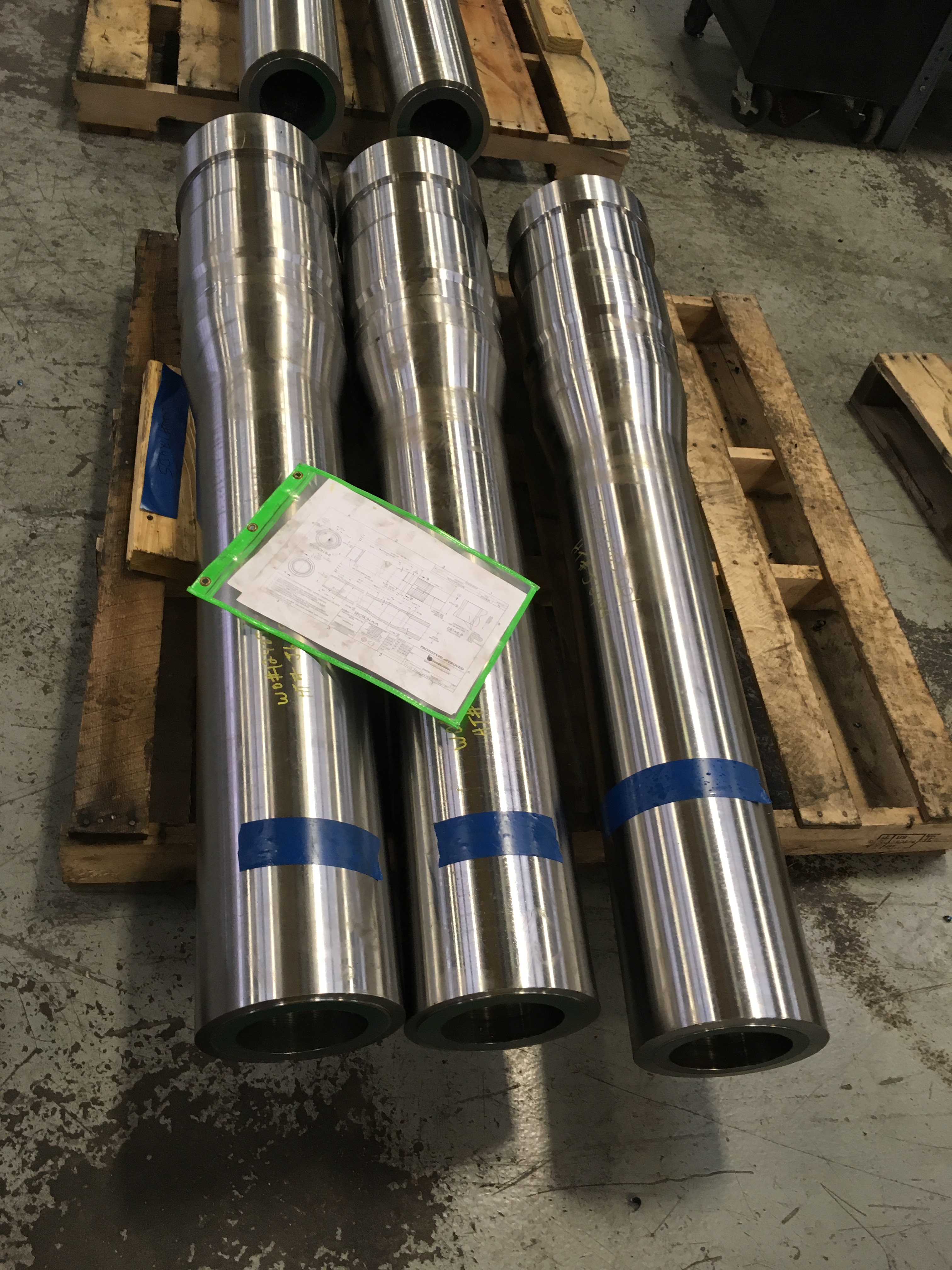
Tools are then taken to a second or third lathe, where treads are carved on the inside, and final details are sculpted.
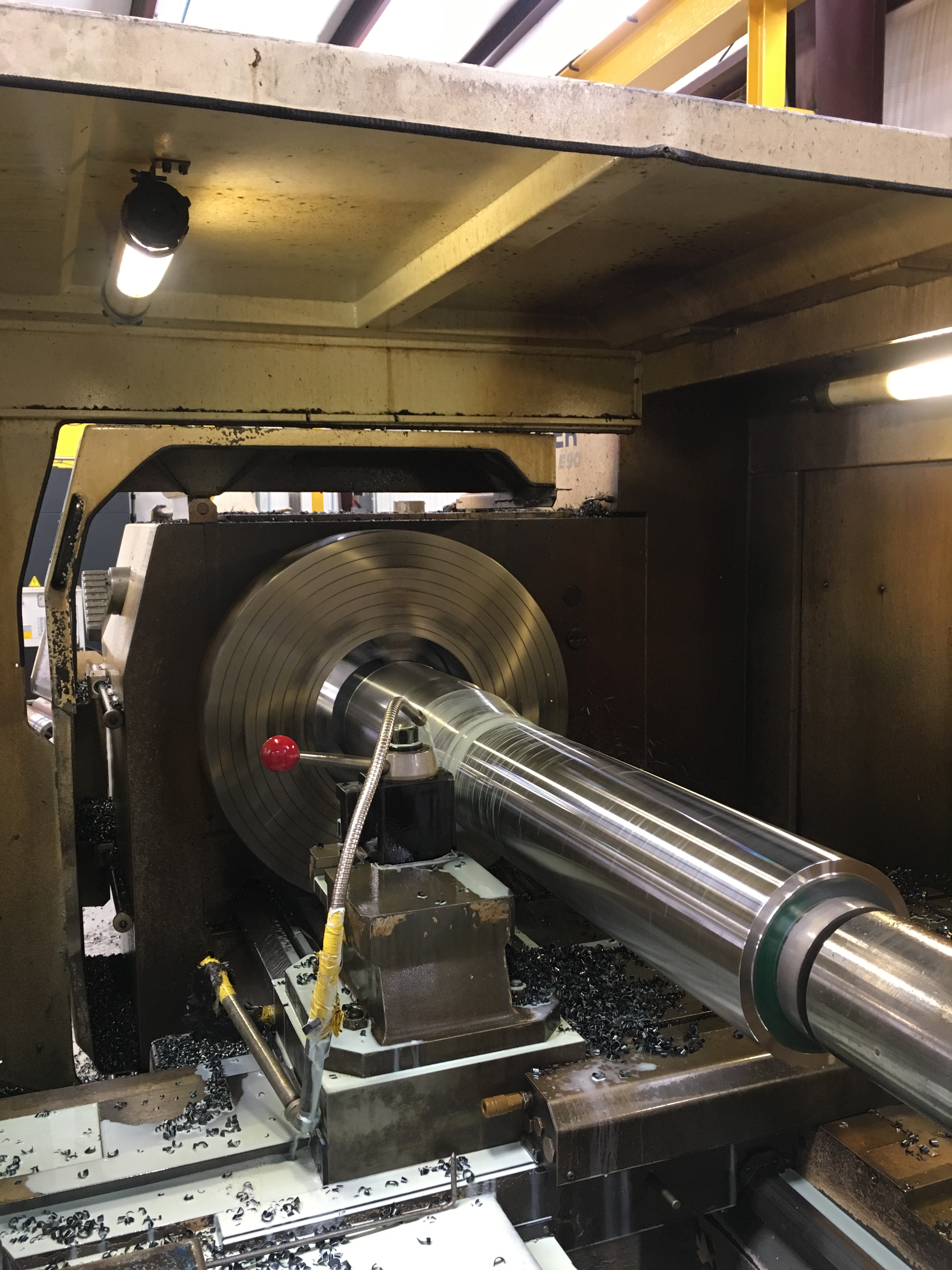
After tools have completed their sculpting stages, their blades are outfitted with a layer of super strong tungsten carbide, or “hard metal”. This allows for a longer tool lifetime, by delaying the wear of prolonged use. This is what they look like as finished products.
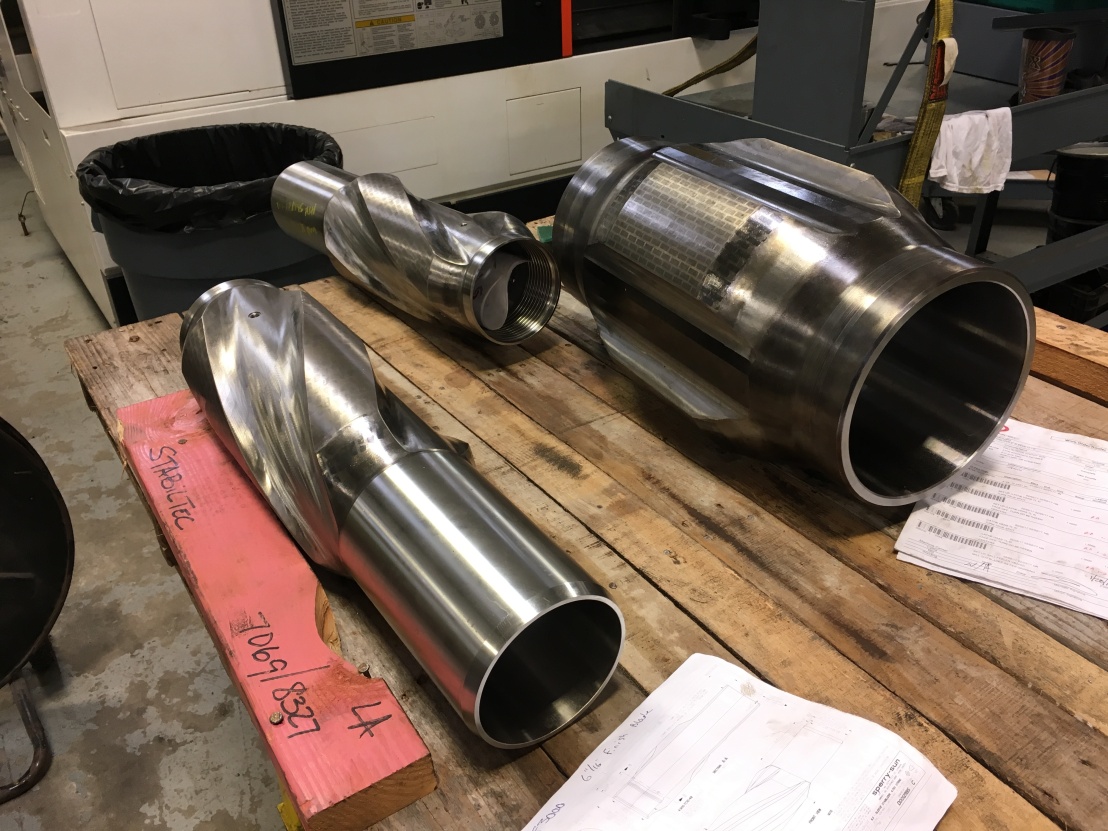

Stabiltec Louisiana also produces transmissions, or “knuckles”, a growing repair service offered at Stabiltec Houston. I produce a separate post displaying the lifetime of a knuckle, its components, and the versatility of its design to fit specific needs.
My visit to Stabiltec Louisiana was amazing, and I will be going again very soon. I learned so much about their production process, always ensuring safety and quality

This is great! Is the tungsten already in the source material? If not, how is it infused?
LikeLike
Im not sure how the tungsten is infused into the wire, but I know that we also apply hard metal through Spray Fusion, a process where hard metal dust/powder is blown through a blow torch onto the downhole tool. Imagine a paint gun with dust instead of paint, and fire instead of air. Different mixtures of powder call for different strength, malleability, and density. My next post shows an employee applying hard metal through yet another method, by melting a rod of it onto a tool. Those rods are solid hard metal, and I will be bringing home a sample of one of those rods.
LikeLike
Hola Pablo V. El proyecto que estas realizando es muy interesante y de gran experiencia. Gracias ! Realmente disfrute leer la informacion y mirar las fotografias de lo que estas realizando.
FELICIDADES!!!!
SIEMPRE EXITO EN TUS PROYECTOS!!
LikeLike